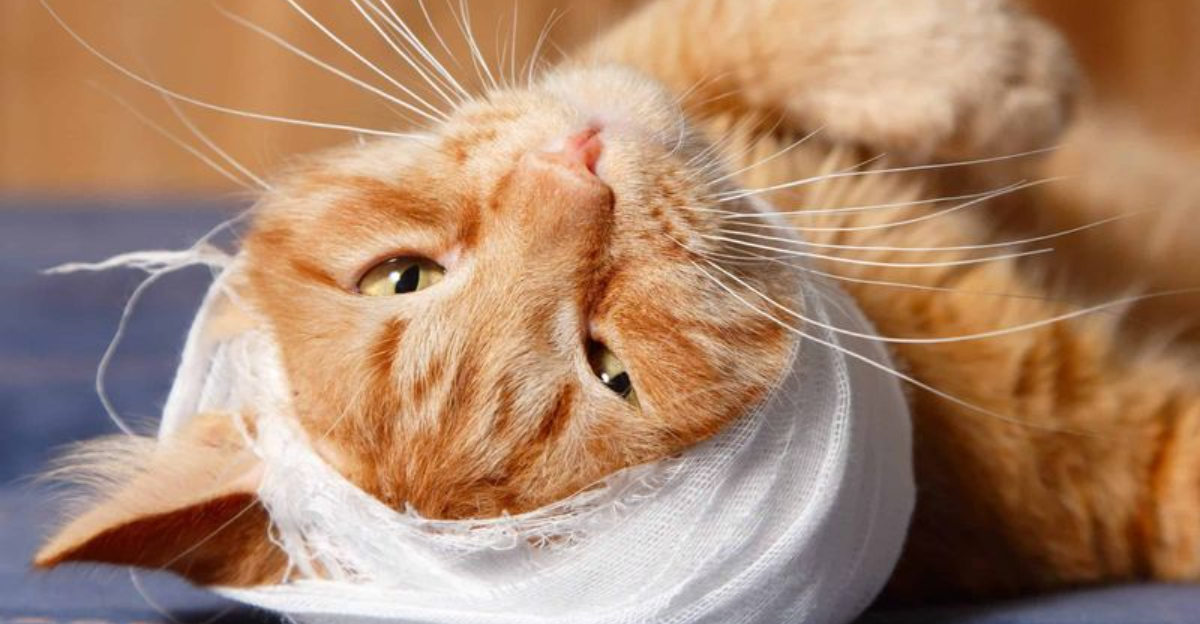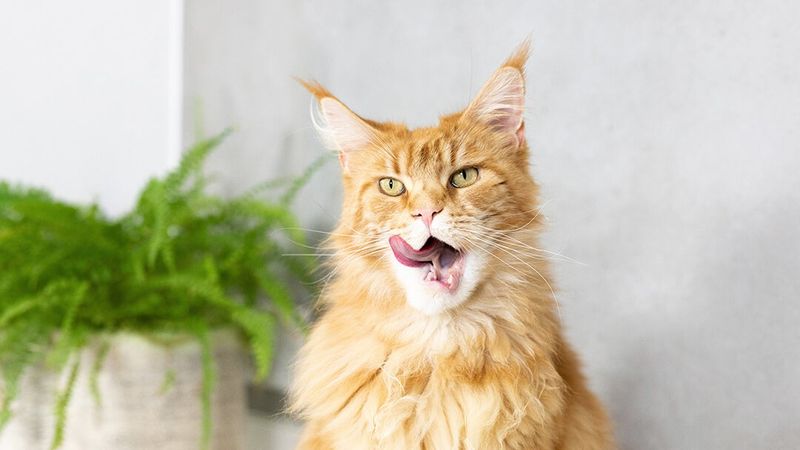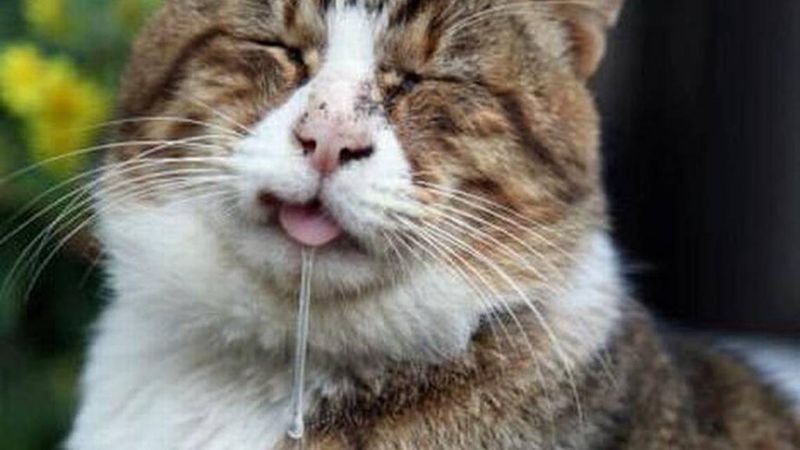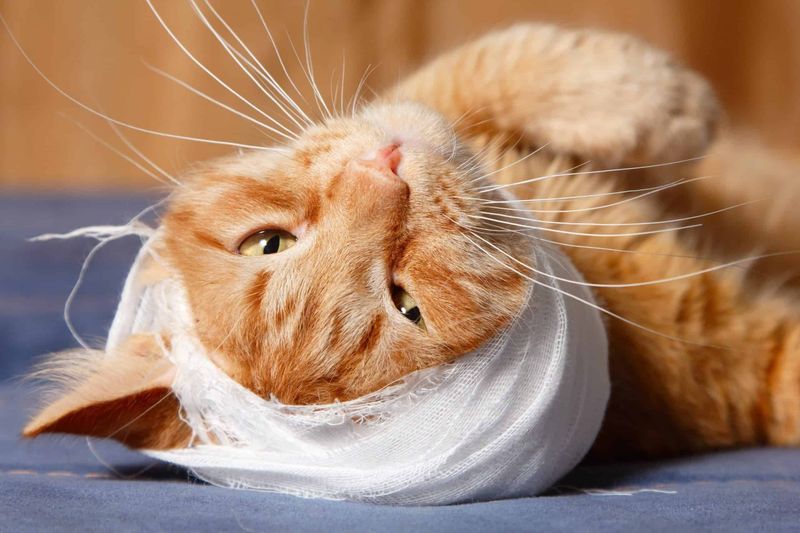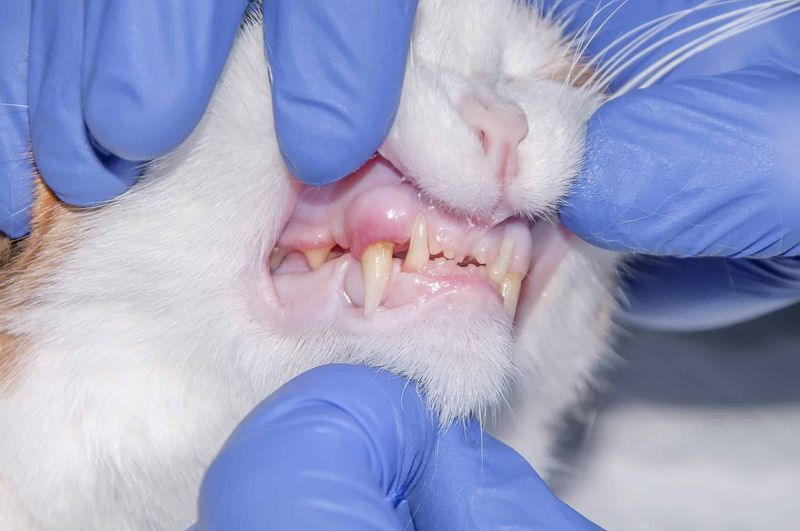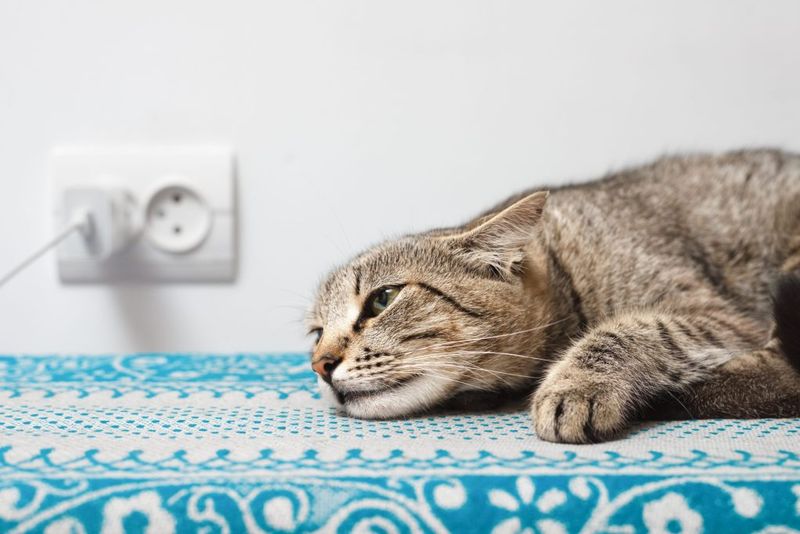📖 Table of Content:
When it comes to feline health, dental care is one of the most overlooked — and most important — aspects of a cat’s well-being. While many cat owners stay on top of food, litter, and vaccinations, dental issues often go unnoticed until the problem becomes serious. Tooth extractions are far more common in cats than people realize, and understanding the warning signs can help prevent long-term complications.
Cats are naturally stoic animals. Unlike dogs, they rarely show pain in obvious ways, which makes it all the more crucial to recognize subtle changes in behavior, eating patterns, and physical symptoms. A bad tooth can affect your cat’s appetite, mood, and overall health — and it can quickly turn into a medical emergency if left untreated.
This article walks you through seven telltale signs that your cat might need a tooth pulled. From behavioral quirks to physical symptoms, each point will help you tune into what your cat may be trying to tell you — without ever saying a word.
1. Bad Breath (Halitosis)
You might think “cat breath” is just a normal quirk of pet ownership — but when the smell becomes sharp, sour, or downright foul, it’s time to take it seriously. Bad breath in cats is often the first noticeable symptom of a brewing dental issue. It can stem from bacterial buildup, gum disease, or a decaying tooth that needs to come out. This odor is typically caused by infection in the gums or roots, and it only worsens over time. Even if your cat is acting normal, persistent halitosis shouldn’t be brushed off. A single tooth in distress can affect the health of the entire mouth. If you catch a whiff of something rotten every time your cat yawns, it’s worth getting checked.
2. Drooling or Blood-Tinged Saliva
Noticing saliva puddles on the floor or bedding isn’t typical for cats — so when it happens, it’s time to investigate. Drooling, especially when paired with red- or brown-tinged saliva, can signal a serious dental issue. Pain from a broken or infected tooth can trigger excess saliva production as the body’s way of trying to soothe inflammation. You might see drool collecting around the mouth or matting the fur on the chin. Cats may also refuse to groom themselves when they’re in oral pain, leading to an unkempt appearance. If the drool smells bad or seems thicker than normal, that’s another indicator of infection. Don’t wait for it to go away — this is a classic sign that a tooth may need to come out.
3. Difficulty Eating or Preference for Soft Foods
Sudden pickiness with food isn’t always about being finicky — sometimes, it’s about pain. Cats that once crunched happily on kibble might start ignoring their bowl, only showing interest when soft food is offered. This shift often points to discomfort caused by a damaged tooth or inflamed gums. You may also notice them chewing on just one side, dropping food, or walking away from meals altogether. Hunger may still be present, but the act of eating becomes unpleasant. Over time, this can lead to weight loss and nutritional deficiencies. Paying attention to changes at mealtime can provide powerful clues about your cat’s oral health.
4. Pawing at the Mouth or Face
When your cat starts swiping at their face or repeatedly rubbing their cheek on furniture, it could be a cry for help. This behavior isn’t always playful — in fact, it often means your cat is trying to relieve pain or irritation in their mouth. You might see them scratch near one side of the jaw or shake their head more than usual. Some cats will become jumpy if you try to touch their face, especially near the affected side. These gestures are often misunderstood, but they’re valuable nonverbal cues. Dental pain can radiate into the jaw and face, making even gentle contact uncomfortable. If these behaviors become a pattern, it’s time to investigate their mouth.
5. Swelling on the Face or Gums
A visible lump on your cat’s cheek or jawline isn’t just cosmetic — it could be the tip of a deeper infection. Facial swelling is often linked to an abscessed tooth, which develops when bacteria reach the root and trigger inflammation. You might notice puffiness under the eye or around the muzzle, and your cat may avoid being touched in that area. In some cases, swelling might occur inside the mouth — particularly along the gum line — and can be red, hot, or tender. These infections are painful and can spread if left untreated. Tooth extraction is often the only way to remove the infected area and allow full healing. Any sudden swelling should be addressed urgently with your vet.
6. Visible Tooth Damage or Gum Inflammation
A quick look inside your cat’s mouth (if they’ll let you!) can reveal more than you expect. Fractured, wobbly, or discolored teeth are clear signs something’s wrong. Alongside this, inflamed gums — bright red, bleeding, or recessed — often point to gingivitis or periodontitis. In advanced cases, pus may be visible near the base of the teeth, or tartar may coat the surface. These symptoms indicate the mouth is under attack by infection and decay. Even if your cat isn’t yet showing behavioral changes, these physical signs warrant a vet visit. The sooner the issue is diagnosed, the more treatment options are available — including pulling severely damaged teeth.
7. Behavioral Changes or Hiding
A once sociable, purring lap-cat that suddenly becomes withdrawn might be more than just moody. Cats in pain often hide, become aggressive, or stop seeking affection. Dental pain, in particular, can make even calm pets irritable or depressed. You may also notice your cat avoiding play, sleeping more, or becoming less vocal. Since they can’t tell us they’re hurting, these shifts in demeanor can be the most important sign something’s wrong. Trust your instincts — you know your cat best. If their personality feels off and you’ve ruled out other causes, check the mouth next.
